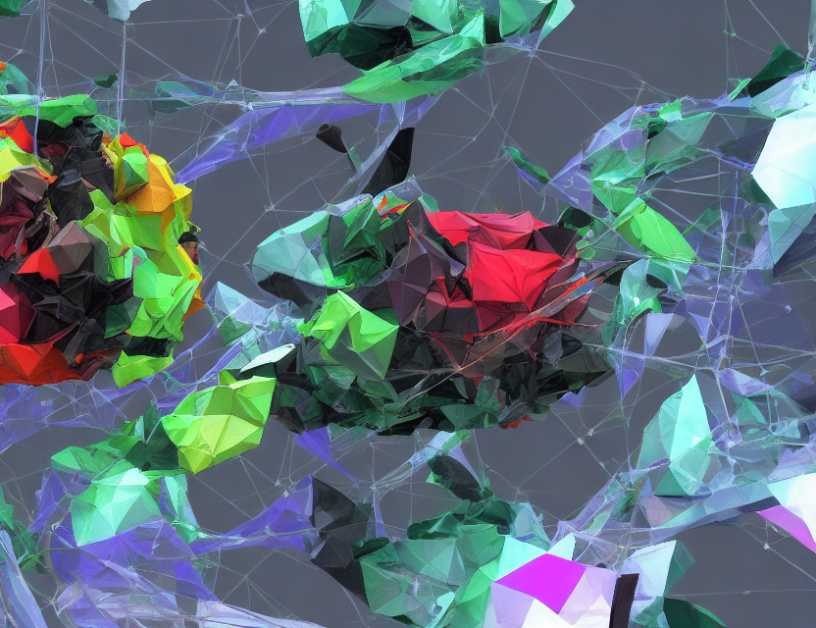Imagine you have a massive box full of images and videos, but you need to send them somewhere else without breaking the bank on data transfer fees. Traditional methods of compressing these files using codecs like VTM are great for large-scale storage, but they come with a hefty price tag in terms of computational complexity. In this article, we present C3, a new approach to neural compression that achieves high performance while keeping the computations simple.
Overview
C3 is a low-complexity neural codec that can compress images and videos from a single instance. It works by learning a compact representation of the input data using a neural network, which is then used for compression. C3’s key innovation is its use of a checkerboard-based design for entropy modeling, allowing for faster and more parallelizable encoding. This approach reduces decoding complexity while maintaining high RD performance.
Advantages
C3 has several advantages over traditional neural codecs like VTM. Firstly, it achieves higher RD performance at a lower computational cost. Secondly, its checkerboard-based design allows for more efficient and parallelizable encoding, making it faster to encode and decode. Finally, C3’s use of sparsity-based mask decay helps reduce the decoding complexity even further.
Implementation
C3 is implemented using TensorFlow and PyTorch, with experiments conducted on a GPU. The model architecture consists of a ResNet-50 encoder and a checkerboard-based entropy coder. The hyperparameter settings for each experiment are provided in the supplementary material.
Conclusion
In summary, C3 is a promising approach to low-complexity neural compression that achieves high performance while keeping the computations simple. Its checkerboard-based design for entropy modeling and sparsity-based mask decay make it an effective tool for reducing decoding complexity without sacrificing RD performance. As the demand for efficient data compression continues to grow, C3 has the potential to play a significant role in this field.



